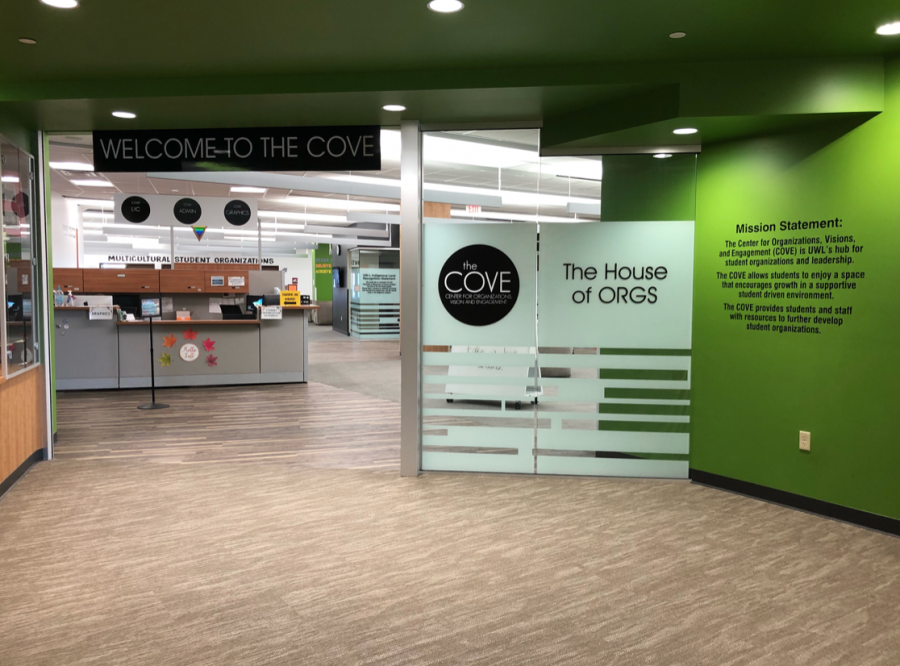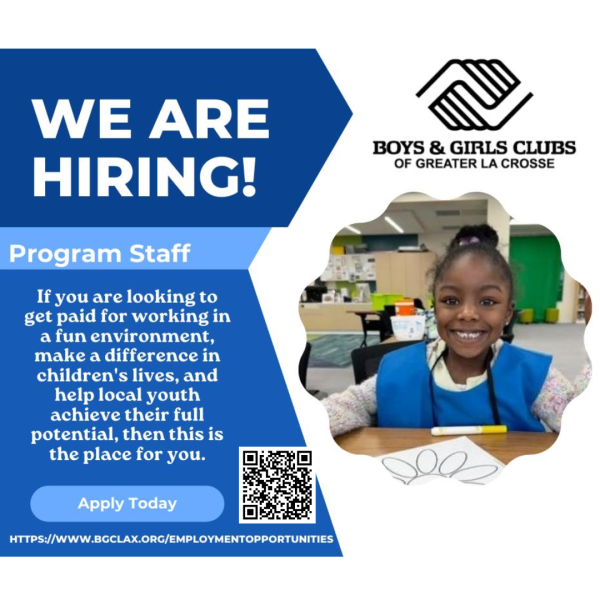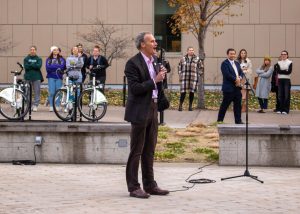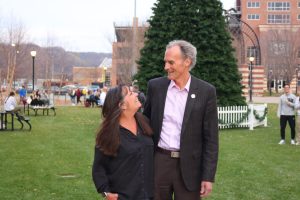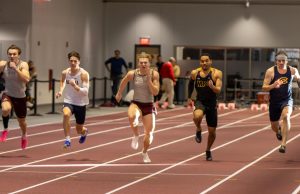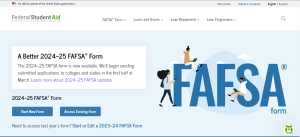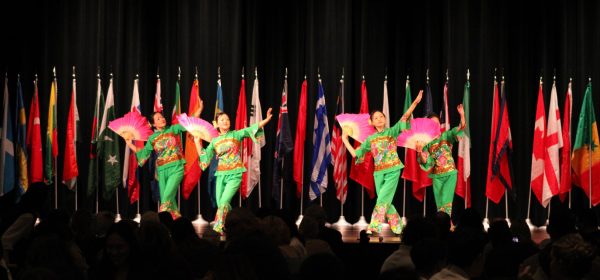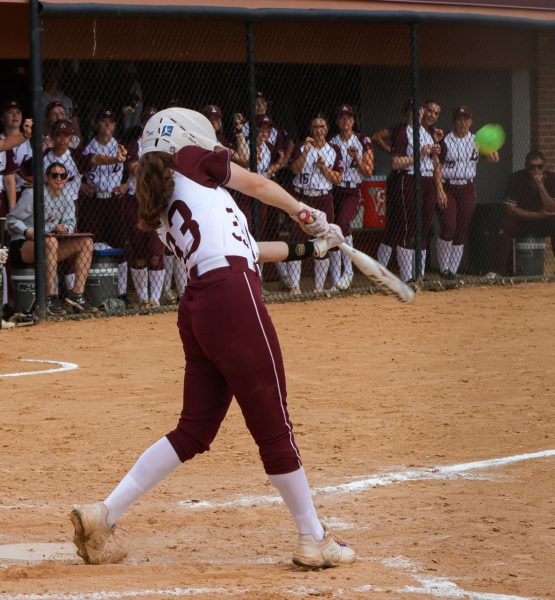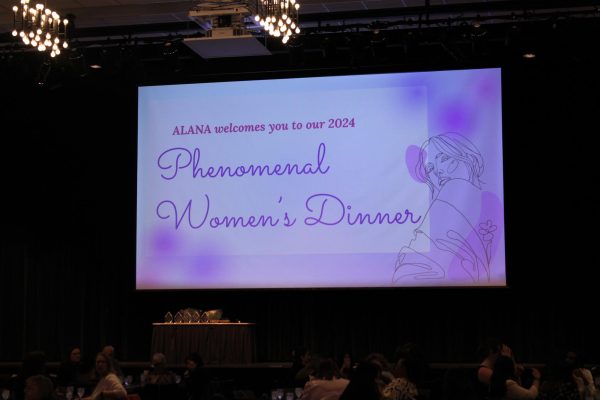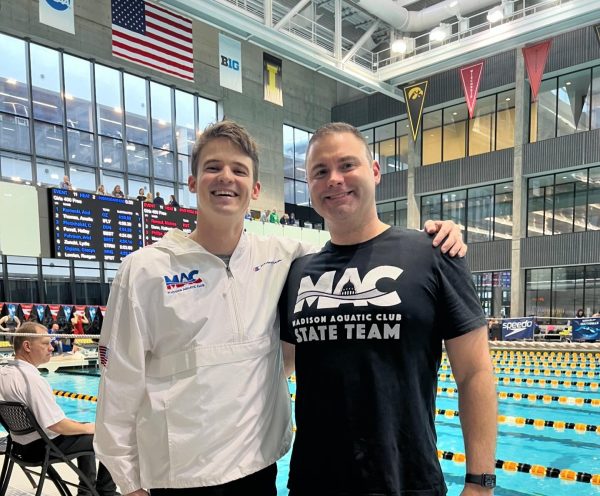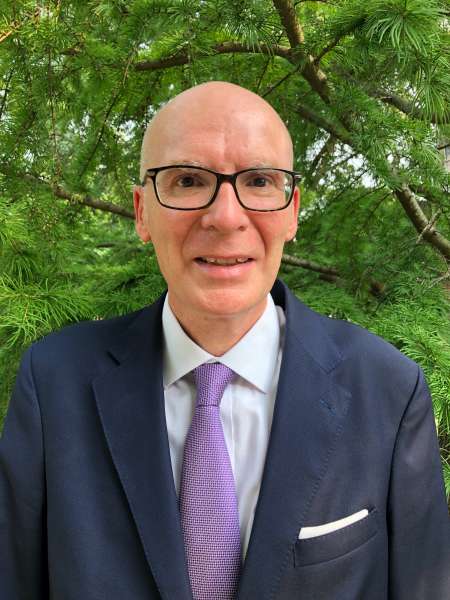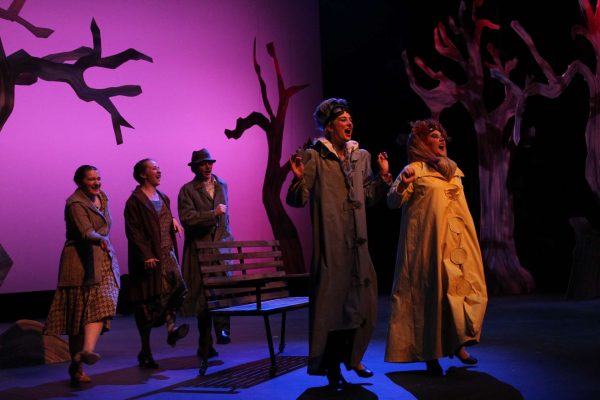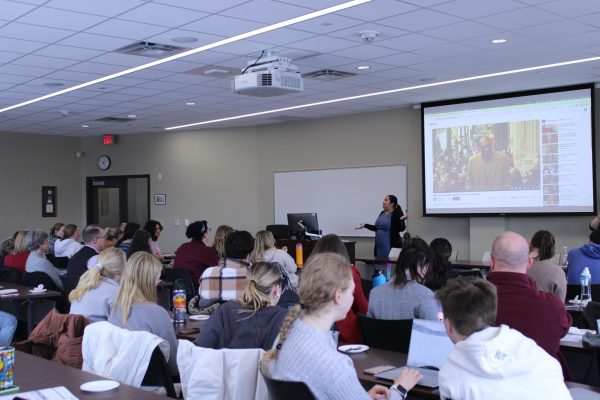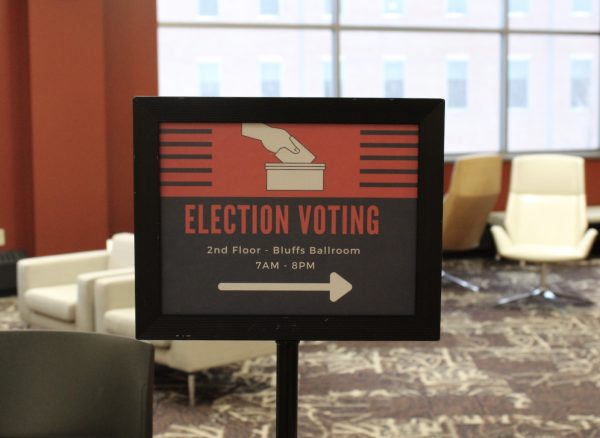The trials and tribulations of student organizations and the COVE
October 22, 2018
When the new Student Union first opened, there were many changes – more fireplaces on campus, an additional theater, and a designated space for student organizations to carry out their duties, such as holding meetings and preparing for events.
This space for student organizations on campus is called the COVE which stands for Center for Organizations, Vision, & Engagement.
Jaralee Richter, Assistant Director for Leadership and Programs and overseer of the COVE, stated that when the Student Union was still in the planning stage, there were some student committees which shared their input on how Cartwright Center, what was previously the Student Union on campus, fulfilled student needs and where students felt like it was lacking.
The areas offered to various student organizations in Cartwright were scattered across the building. “At this time,” said Richter, “student orgs were all over the place; there was no one-stop-shop.” This is when they decided to add a space like the COVE into the vision of the Student Union.
Architects then met with various students to listen to their opinions about what the space would look like to be most beneficial for organizations in communication and collaboration. Part of this consisted of the enclosed offices that can be seen along the perimeter of the COVE. However, students also articulated the need for front porches – places where organizations could be more casual and social with one another and other students.
In Jan. 2017, when the Student Union was completed, and finally opened up for students, the furniture for the COVE had not quite arrived yet. “Orgs didn’t have space that was functional,” said Richter. She explained that this led to students, many of whom were not necessarily in any organizations, using it as a study area. Since then, the furniture has arrived, but the studiers have stayed.
During the 2017-2018 school year, this led to problems with organizations and their spaces. Richter believes this to be due to the lack of designated areas, saying that studiers would move furniture from organizations’ cubicles or use spaces and leave behind dirty dishes. Some organizations began expressing that they could not count on using their space in the COVE because nonmembers of the organization would be occupying it.
Recently, the areas of the COVE have been redefined with signs designating areas that are only for use by the organization, whom have been assigned that space, and other signs that occupy areas that are free to be used by any students. These signs demand that these areas in the COVE are off-limits to all of those who do not belong to said organization.
Some students believe that these signs may negatively impact the vision of communication and collaboration which the COVE was founded on.
Student Senator, Tyler Silva, said that he sees the COVE as a place for student organizations to share ideas between groups. “I feel that these signs are negatively affecting the atmosphere in the cove. There are some very important student organizations in the COVE and by having the COVE open to all student, it would greatly improve their ability to get their specific messages out to a larger range of students at UWL.”
Others who use the COVE explain that there are things more important than sharing their ideas – like ensuring that they have a space for their organization to work and have privacy. Dani Kallis, who is a member of Student Senate as well as the Pride Center, shared that she believes the level of openness organizations have should be left up to each organization and its members.
“The folks in charge of the Pride Center have taken the time and effort into creating a space specifically for LGBTQ+ students to feel comfortable, as there are not a lot of spaces like that around campus dedicated to us,” said Kallis.
Richter explained, “Organizations want to be able to know that when they go into the COVE, and have things to do, they can access their space.” However, she also acknowledges that there is an appeal for students who are not in organizations – the original studiers. To this, she said that organizations are allowed to determine what kind of openness they want their space to be. There has also been space designated for student studiers.
A study space located in the southeastern corner of the COVE, which includes desktop computers, a printer, and patio area, now has a “study zone” sign above it. Students are also able to use the space outside of Student Senate’s office which is commonly where Senators will hold their office hours.
The COVE is also home to the campus food pantry and the greens tower. Rather than having to enter through the front gate area, students can access the food pantry through the back entrance of the COVE; students are encouraged to fill out a form so that their student ID card may be activated for this entrance. That form can be found here.
Larry Ringgenberg, Director of University Centers, said that he can see how this concern arises, but these are some of the issues one faces in designing a building without knowing how all of the details will play out. “What’s really important, is that those using the food pantry have the privacy they need,” he said.
Sen. Kallis said, “I feel like the resources that the COVE offers like graphic services, the food pantry, and the green towers don’t have the same ‘barrier’ surrounding them as the use of the front porches do.”
Sen. Silva explained that these areas still do not have the accessibility that they need because of students lack of knowledge of what the COVE offers. “I think the problem is that not many people know where the COVE is because most time of the time, it’s not being utilized to its fullest capacity,” he said.
Because of this absence of knowledge, there has been a push to have events within the COVE designed to bring organizations together and give nonmember students a chance to connect with those in organizations.
An upcoming event is “Won’t You Be My Neighbor,” happening on Nov. 15. There will be ice cream at the front gate, and organizations will be sharing information with each other as well as with students who are looking to get involved.

